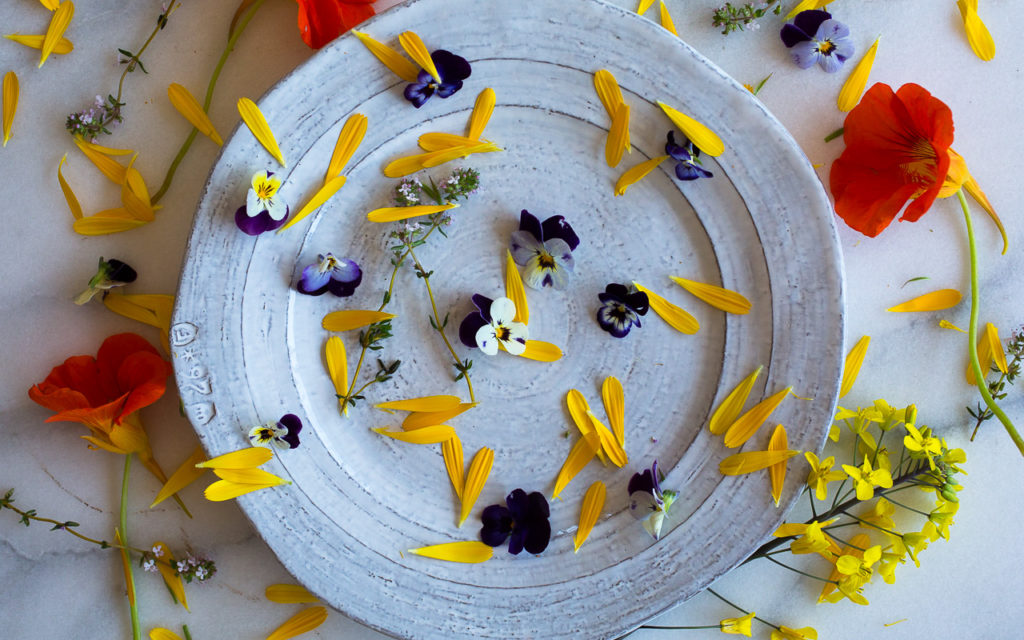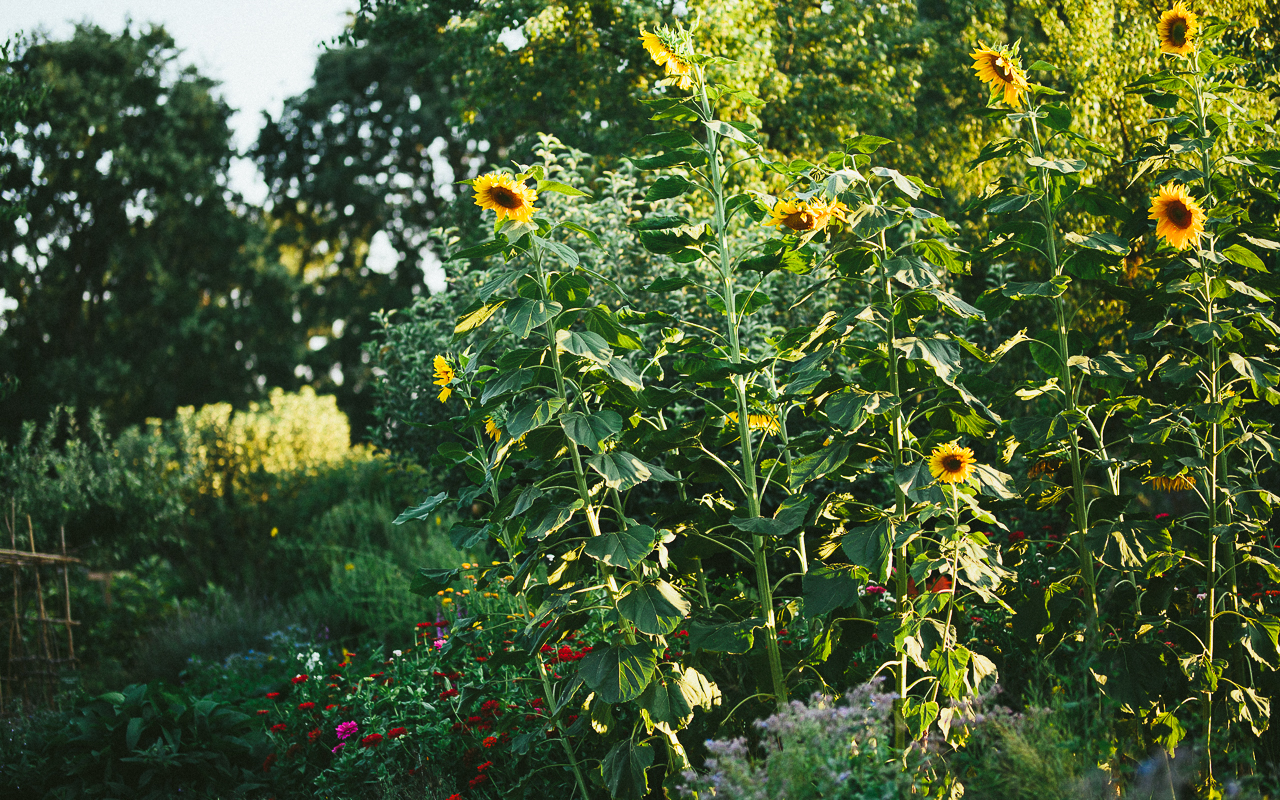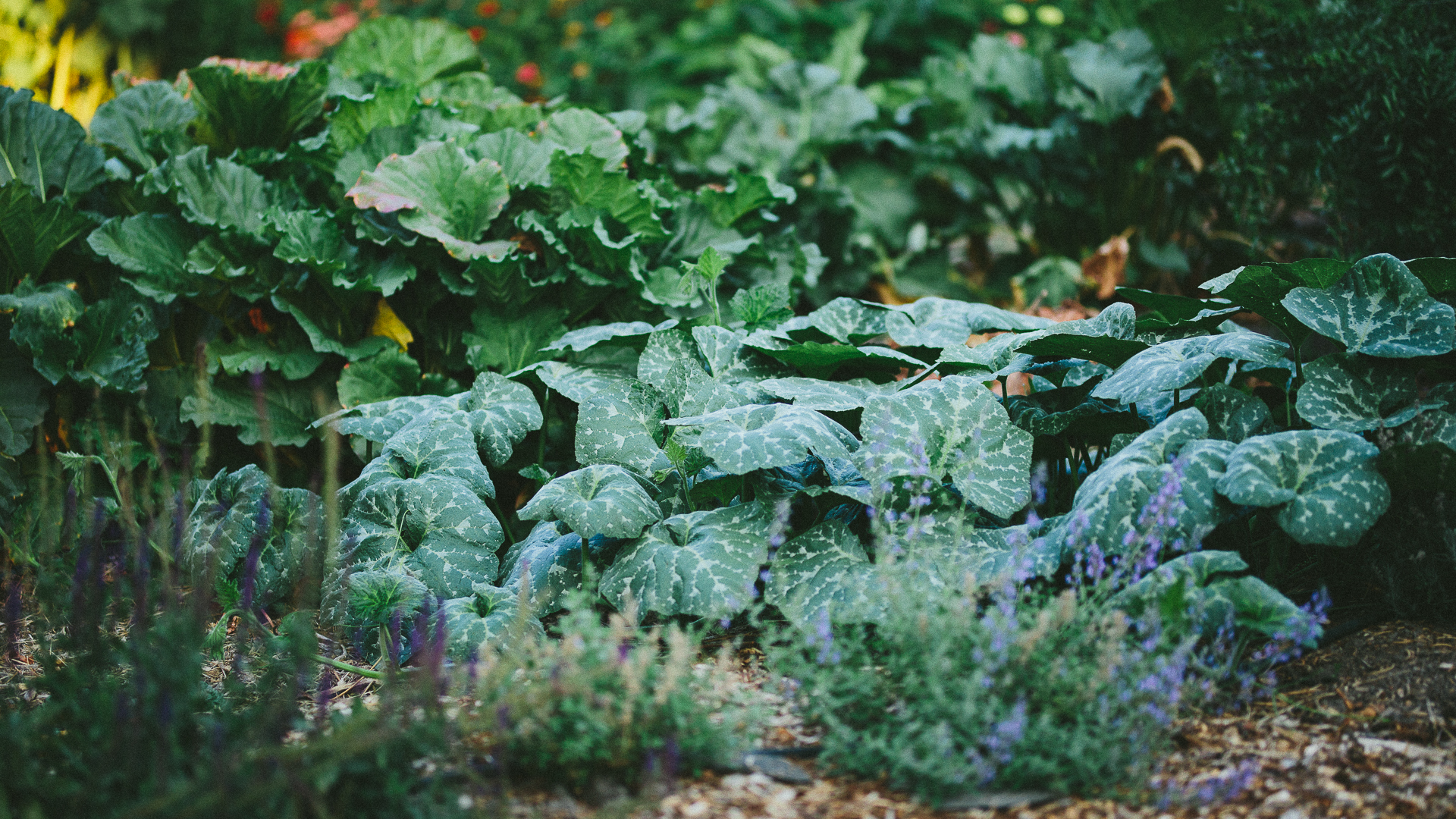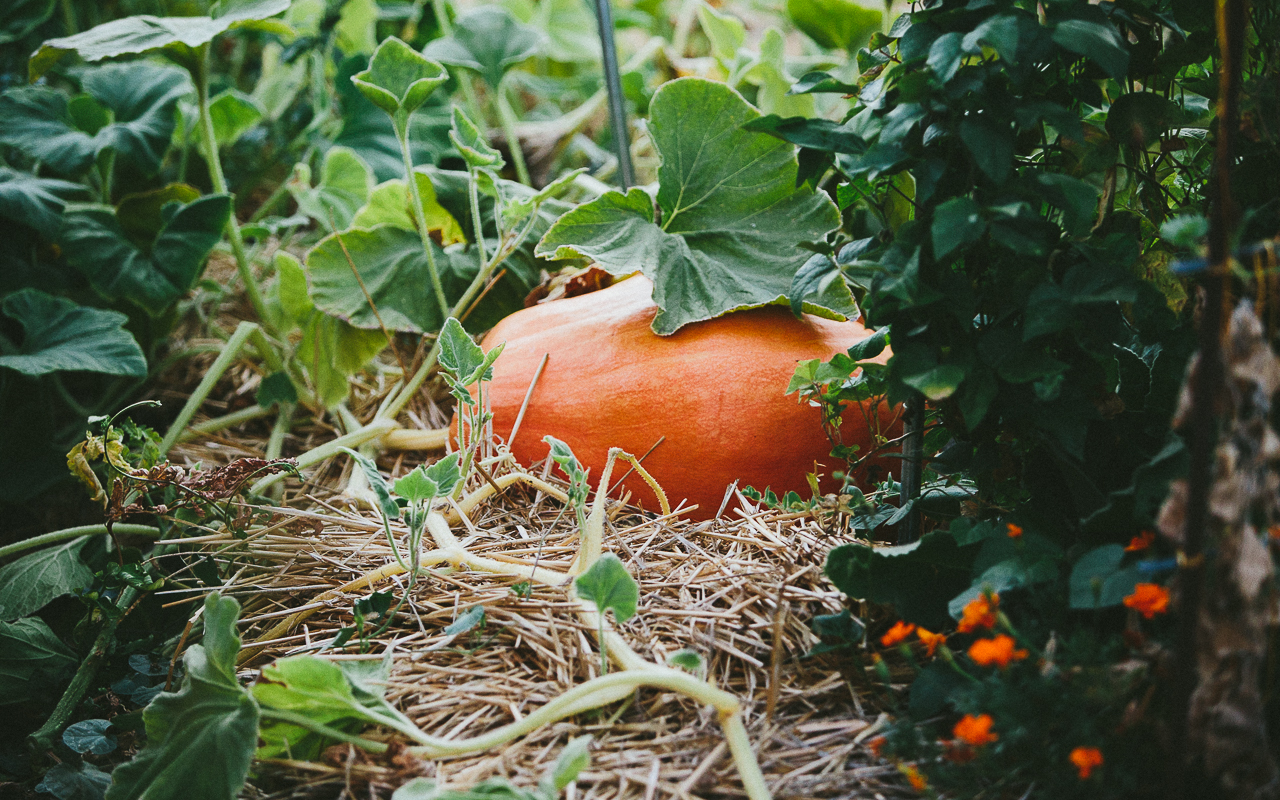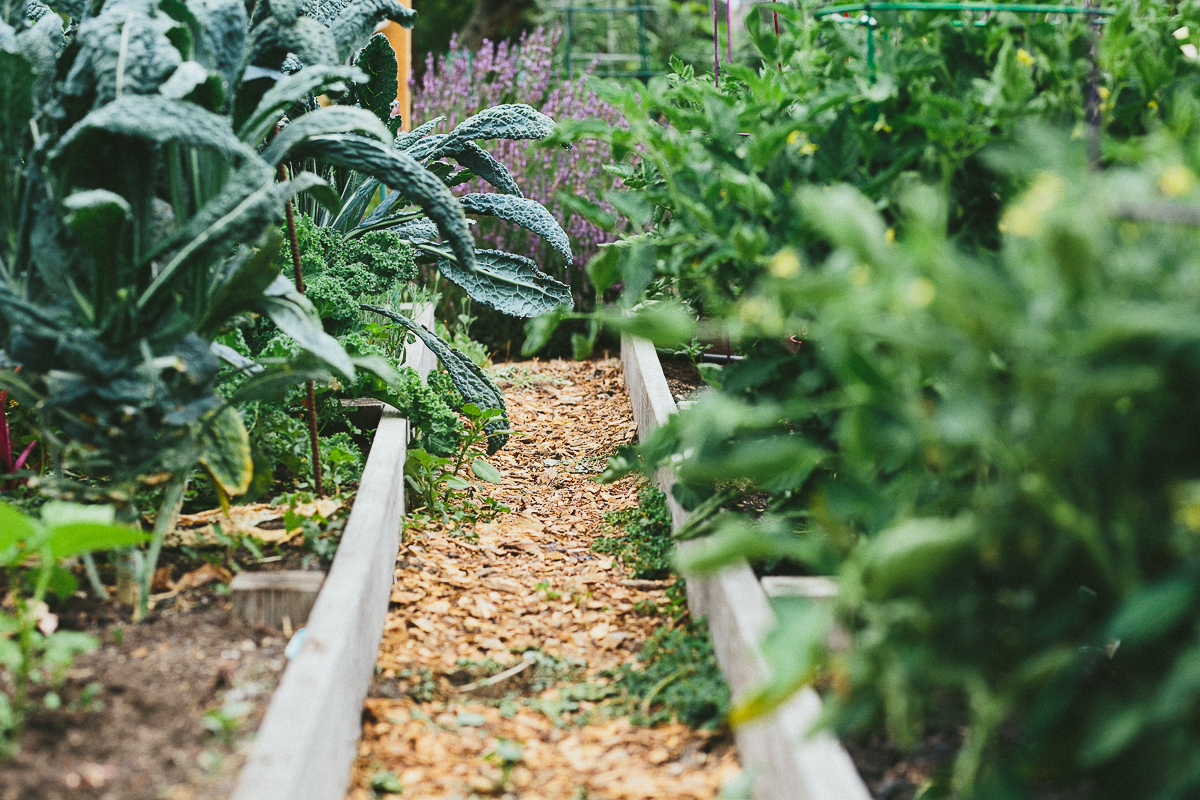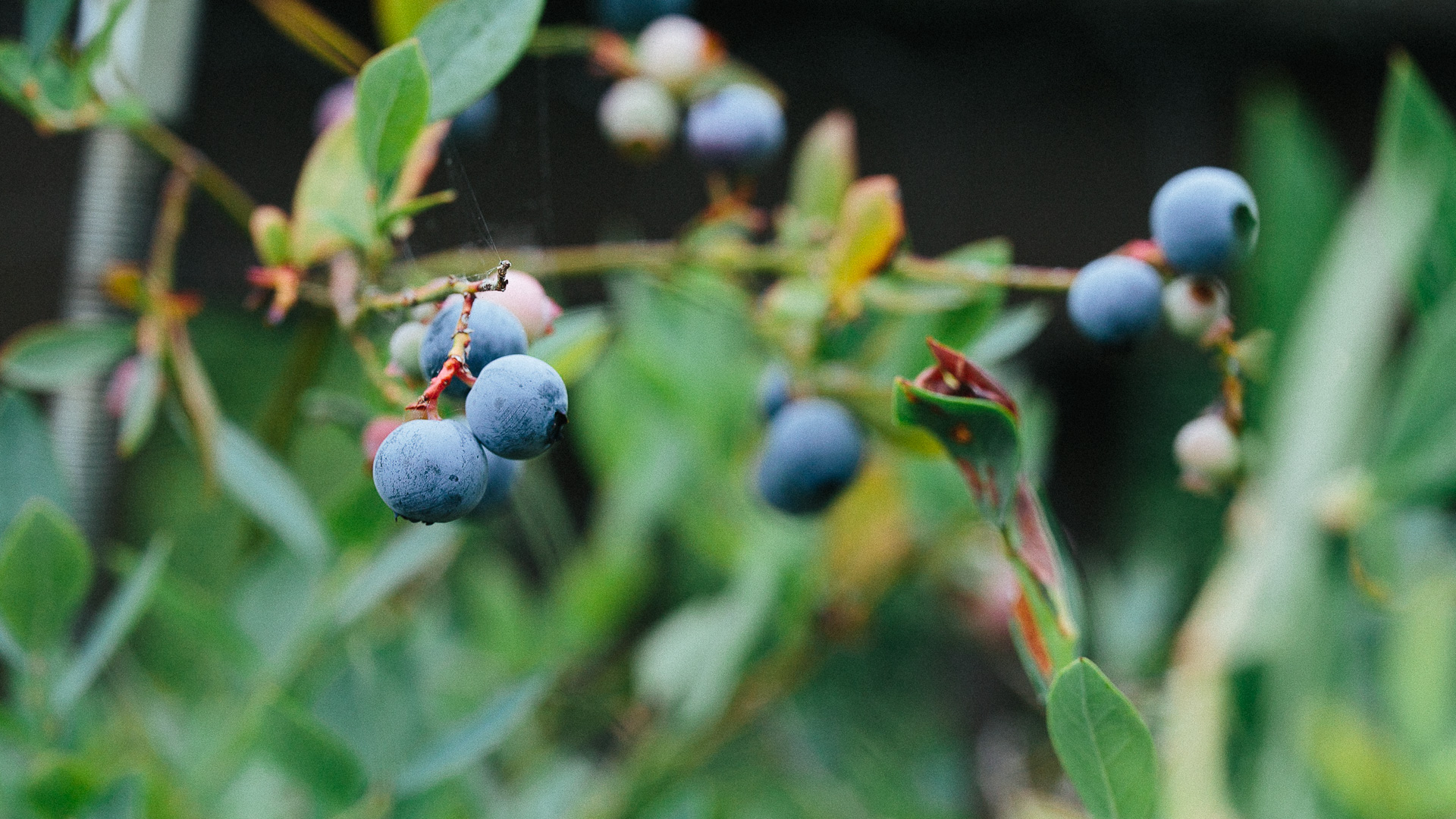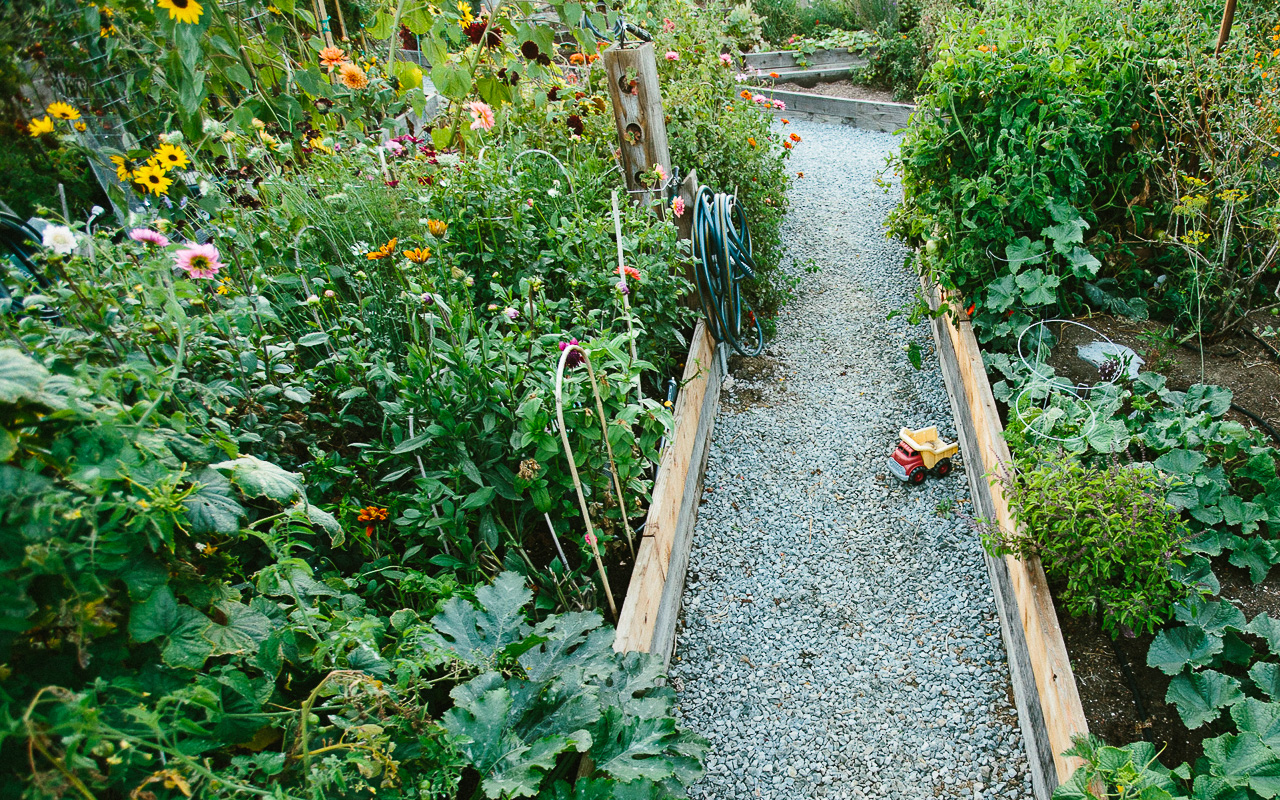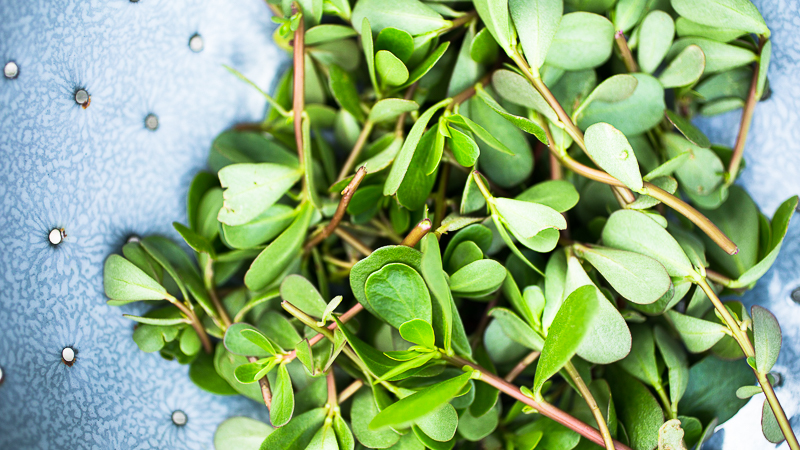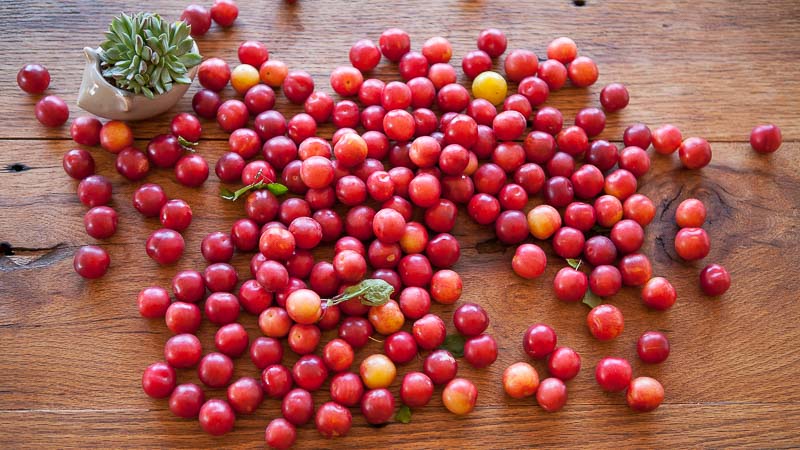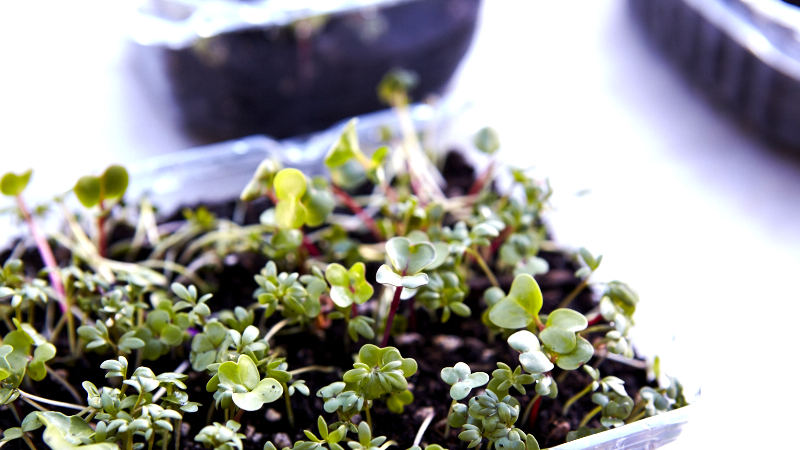Succession Planting Tips: Get More From Your Plot
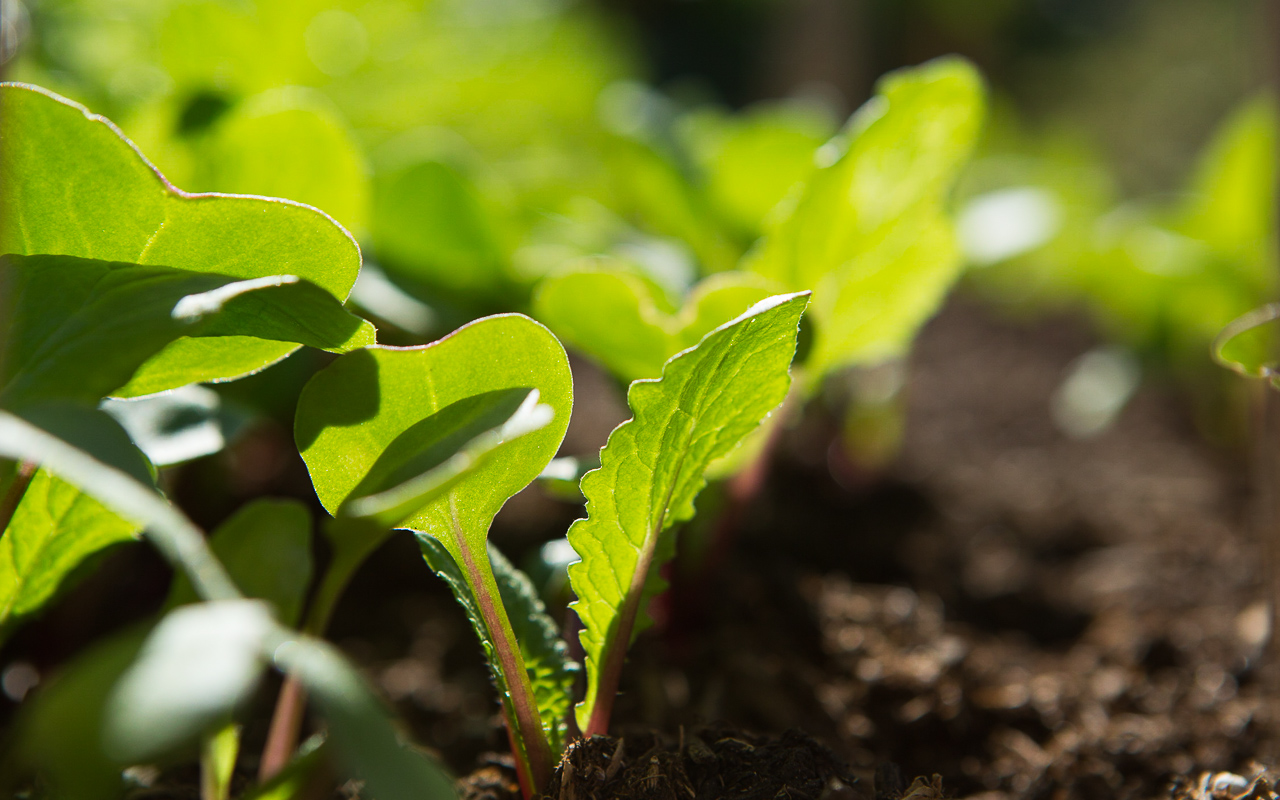

The secret to succession planting is to sow little and often. In fact, this is the key to a continual and abundant supply of fresh veggies and the best way to avoid a glut.
What does it mean to plant successionally?
Sow a small batch of seeds of the same (or similar) type in intervals. So, a handful of seeds every few weeks instead of loads of seeds all at once. If you’re a family of 2 or 3 or even 5 it’s difficult, if not impossible, to eat all the lettuces that could possibly grow from a single package of seeds if sown all at once — even if you ate them with every meal! Planting successionally guarantees a regular supply of your favorite short season crops.
Which short season crops to grow?
Some of the most promising short season vegetables include leaf lettuces, baby greens (mesclun mixes or chef’s choice mixes), head lettuces, cilantro, arugula, salad turnips, and beets. These are all excellent choices when you’re experimenting with succession planting.
It’s also possible to grow varieties with slightly longer growing seasons like bush beans, zucchini, carrots, escarole, endives, baby melons, and peas successionally depending on the length of your growing season. The goal with these crops is to plant at least two rounds a season with the first planting in spring and the second in mid summer.

How many seeds to sow with each planting?
The number of plants to grow at any one time depends on your eating habits, the space you have on hand, and the days to maturity for each particular variety.
To gain a clearer understanding, keep an inventory of the amount of vegetables you eat each week. For instance, if you’re eating approximately 5 heads of lettuce a week use this number as your guide to get started and plan to sow 5 to 10 seeds every 7 days to ensure a regular harvest. (Always sow a few extra seeds in case some seeds don’t germinate or are eaten by birds or slugs.)
Are there any simple rules of thumb or tricks to make succession planting easy?
Yes. You know it’s time to sow a fresh batch of seeds when you see true leaves form on your seedlings. This basic rule of thumb takes the guess work out of when to plant.
That said, do whatever makes it easiest for you. Plan to sow seeds every Sunday or the 1st and 3rd weekends of each month. Set up a system that works for you so it’s doable and enjoyable.
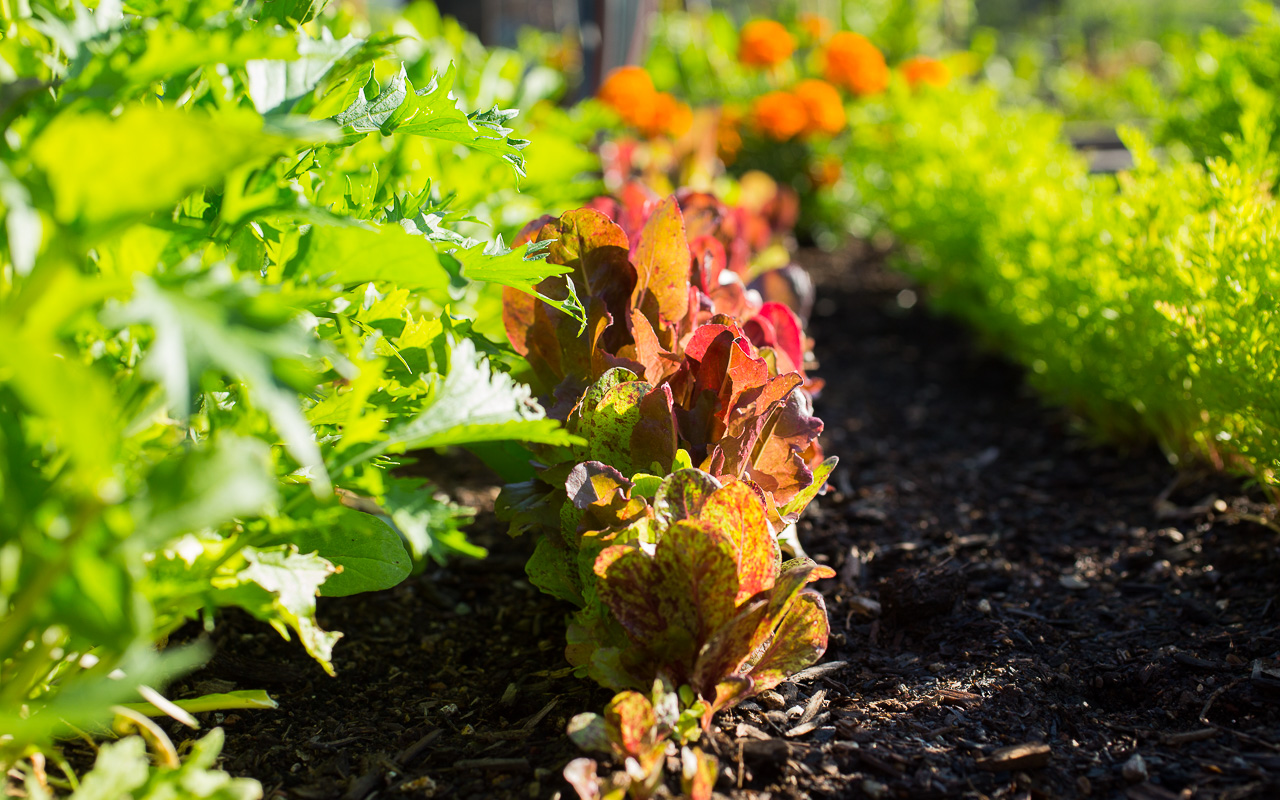
What other tricks help optimize garden space and time while ensuring a regular harvest?
Try tucking in successional crops between plants with longer growing seasons like tomatoes, sunflowers, and winter squash. Grow greens under cucumbers vining up an A-frame trellis, plant radishes along the edges of beds, and plan ahead so as one crop comes out another can go in.
It also helps to rotate crops and to know your frost dates so you can back calculate when to plant based on the first expected freeze. Be prepared to throw in cool season crops as you get closer to your first freeze date and don’t forget to plant a final round of carrots while soil temperatures are still warm. Your carrots will sweeten up with freezing temperatures but need warmer soil temperatures to germinate.
Other articles you might enjoy:
Transplanting Seedlings Vs. Direct Sowing Seeds
Container Garden Carrots From Seed To Plate
How to Grow More Vegetables With Less Space
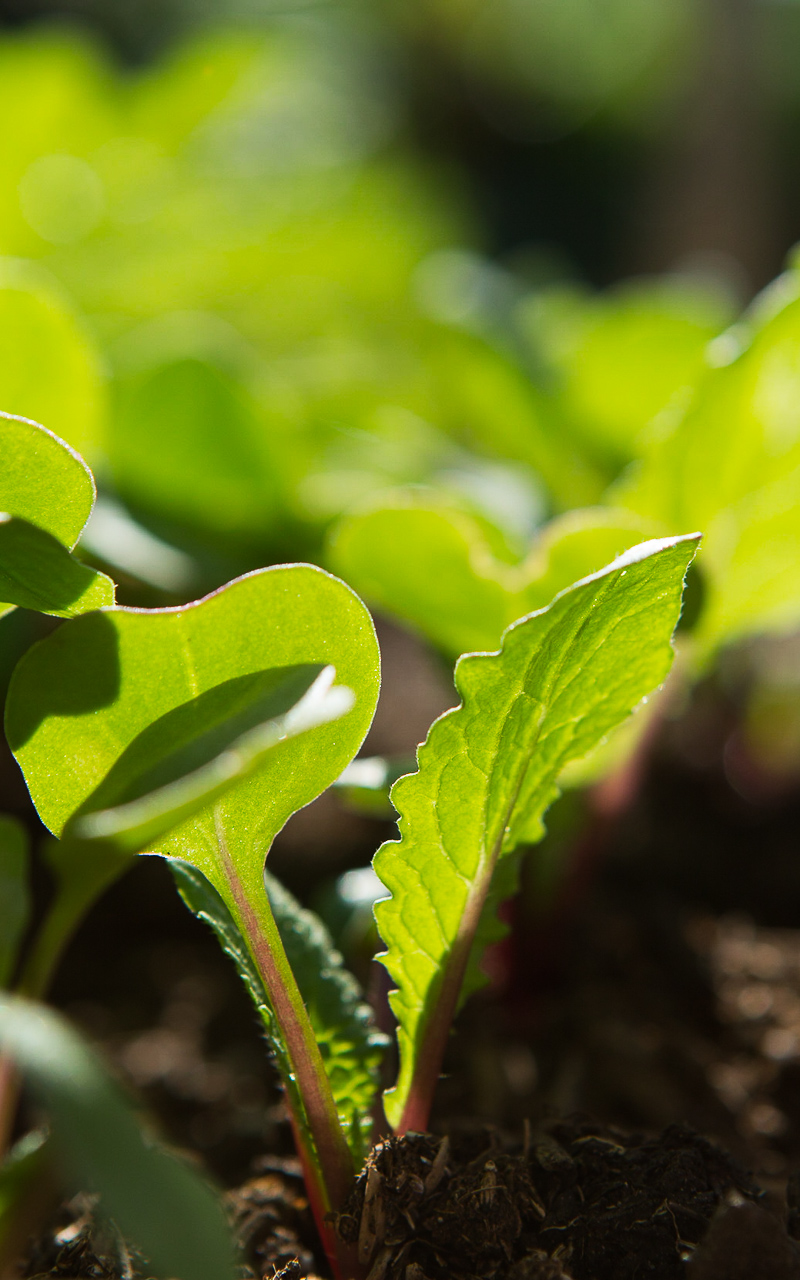
Listen
Buy The Book
Special offers
Newsletter Signup

Archives
Disclosure
Pass The Pistil is a participant in the Amazon Services LLC Associates Program and other affiliate programs such as Etsy, affiliate advertising programs designed to provide a means for sites to earn fees by advertising and linking to curated affiliate sites.

